Unlocking the Power of Persuasion: How to Craft Compelling Sales Pitches for Your Product or Service
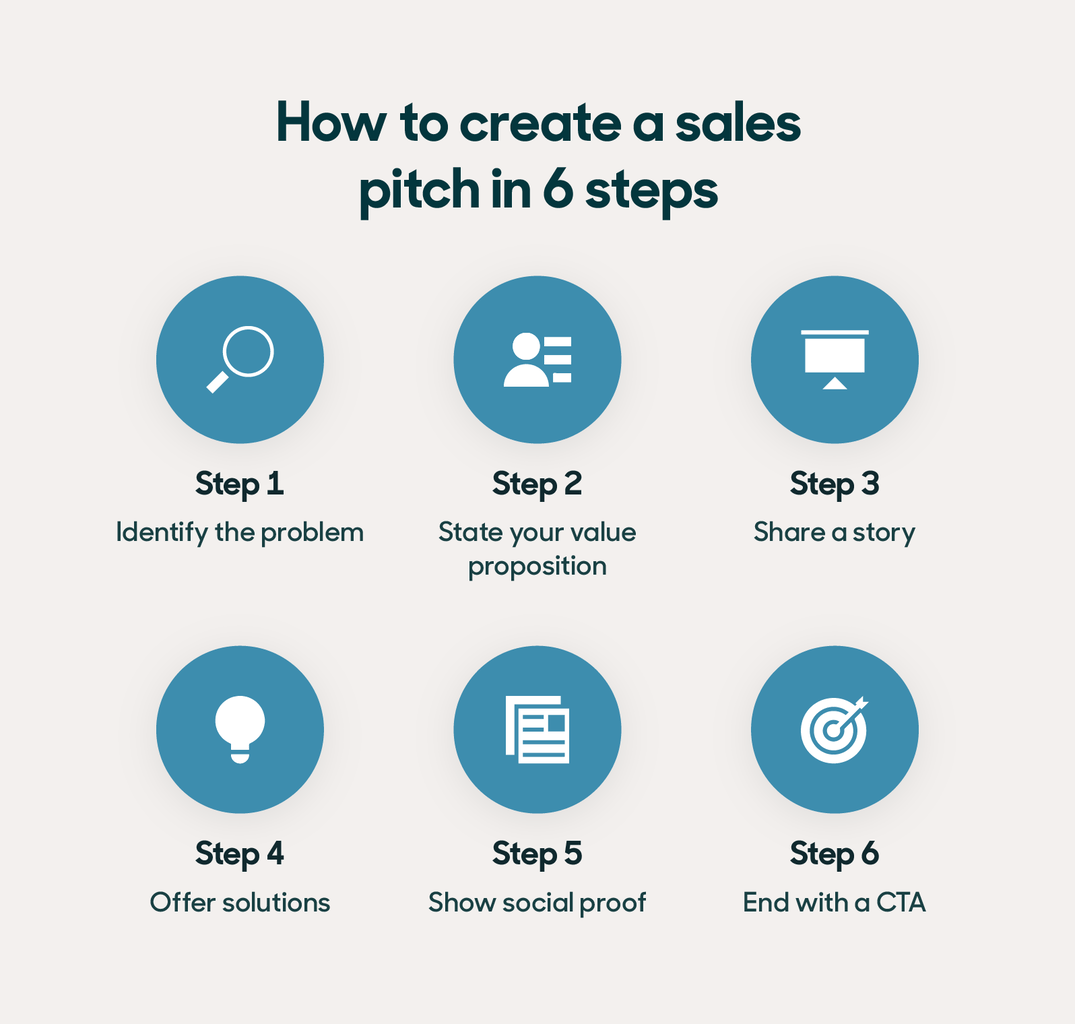
You’ve poured your heart and soul into creating a product or service that you believe in. Now, the challenge is to share that passion with potential customers and convince them to invest in what you offer. This is where the art of effective communication comes in.
Imagine a world where your product or service isn’t just a list of features, but a solution to a customer’s problem, a key to unlocking their potential, or a source of joy and satisfaction. This is the power of focusing on benefits, not just features.

Understanding Your Ideal Customer: The Foundation of Effective Communication
Before diving into the specifics of highlighting features and benefits, we need to understand who your ideal customer is.
- Who are they? What are their demographics, lifestyle, and interests?
- What are their needs and pain points? What problems do they face that your product or service can solve?
- What are their motivations? What drives them to make a purchase?

Once you have a clear picture of your ideal customer, you can tailor your communication to resonate with them.
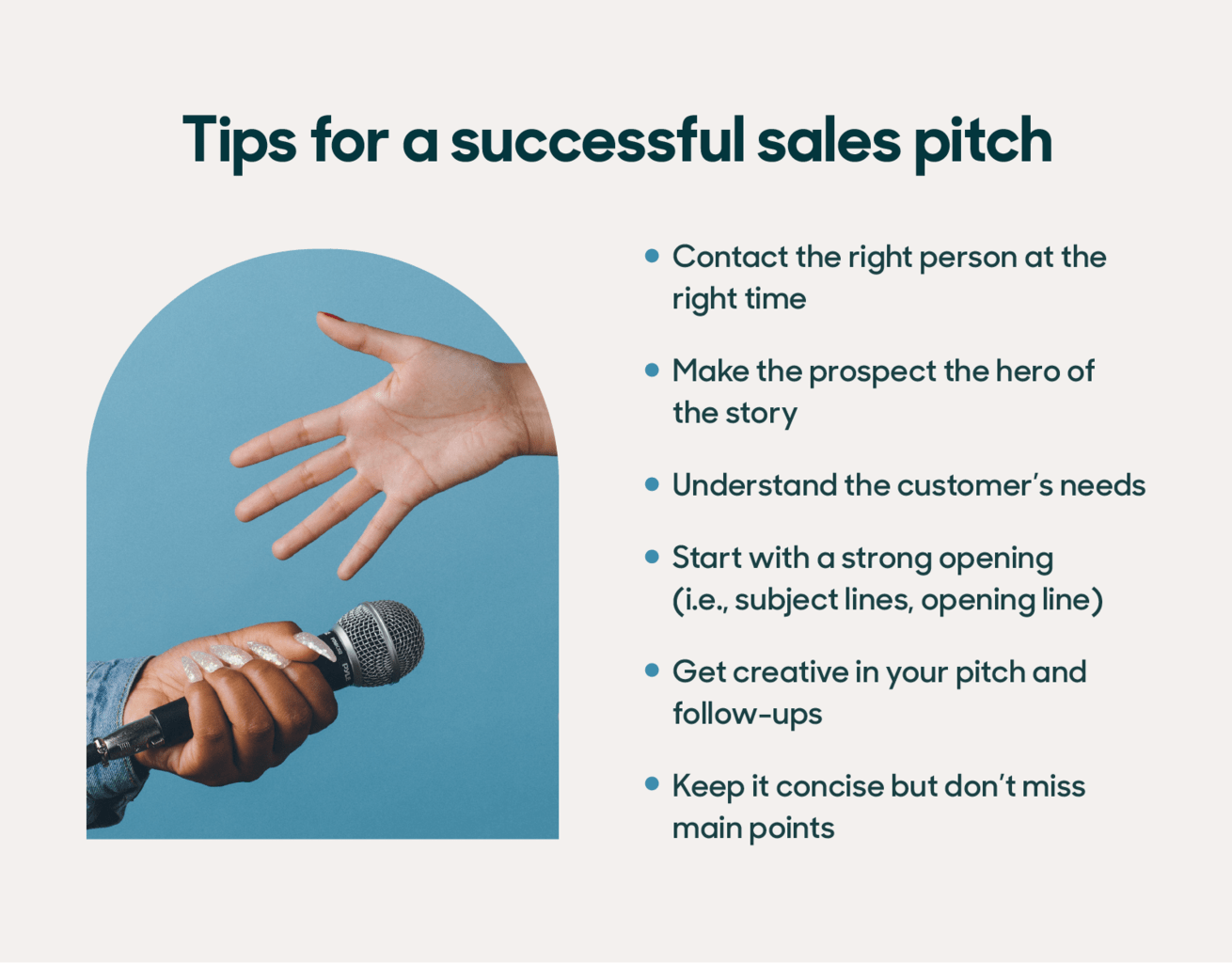
The Power of Benefits: Why They Matter More Than Features
Features are the "what" of your product or service – the technical specifications, components, and functionalities. Benefits, on the other hand, are the "why" – the tangible and intangible value your product or service delivers to the customer.
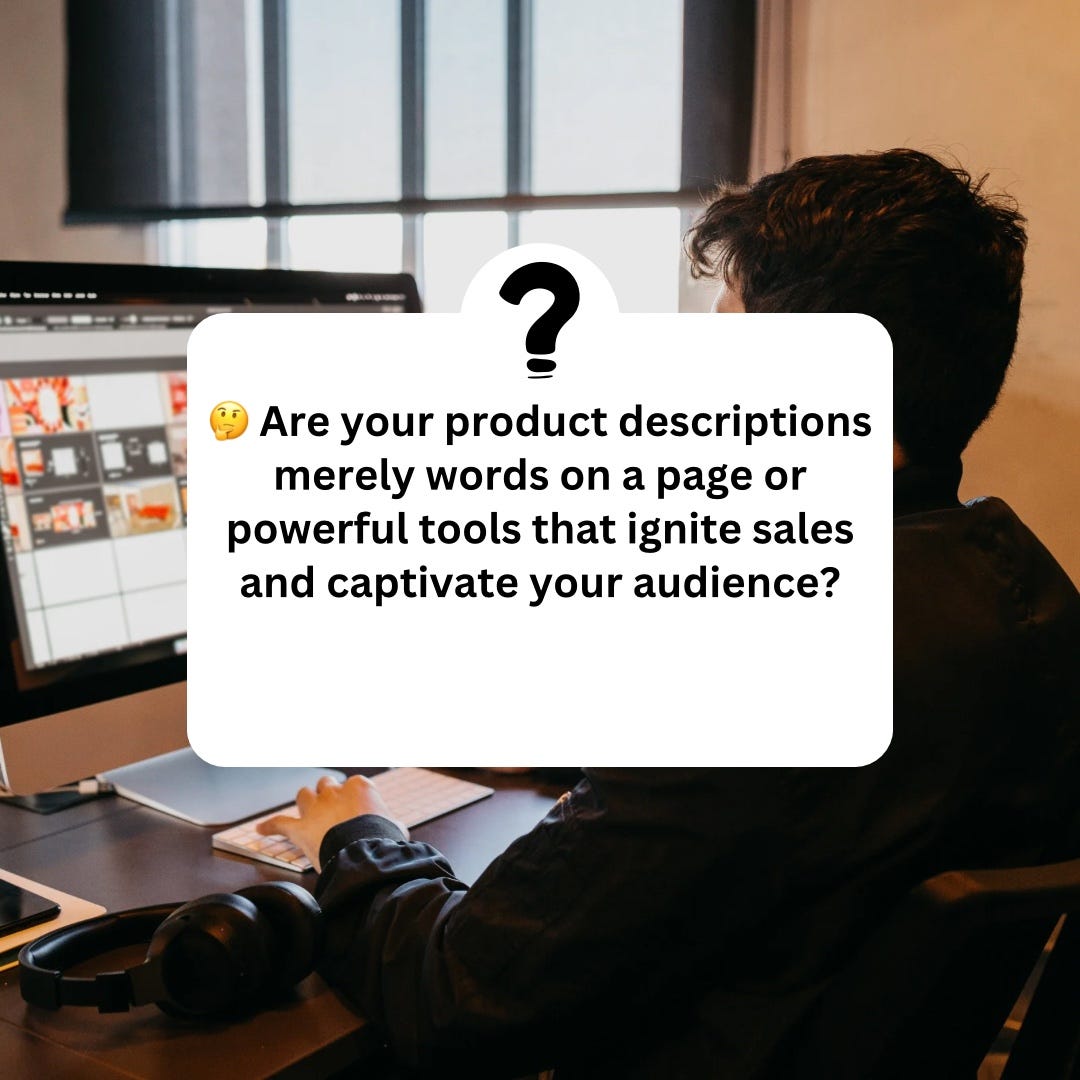
Here’s why benefits are so crucial:
- They connect with emotions: Benefits speak to the customer’s desires, aspirations, and fears. They tap into their emotional needs and show them how your product or service can improve their lives.
- They create a sense of value: Features alone can be confusing and overwhelming. Benefits, however, demonstrate the tangible value your product or service offers, making it easier for customers to understand why it’s worth investing in.
- They drive action: Benefits present a clear picture of the positive outcomes customers can expect, motivating them to take the next step and make a purchase.


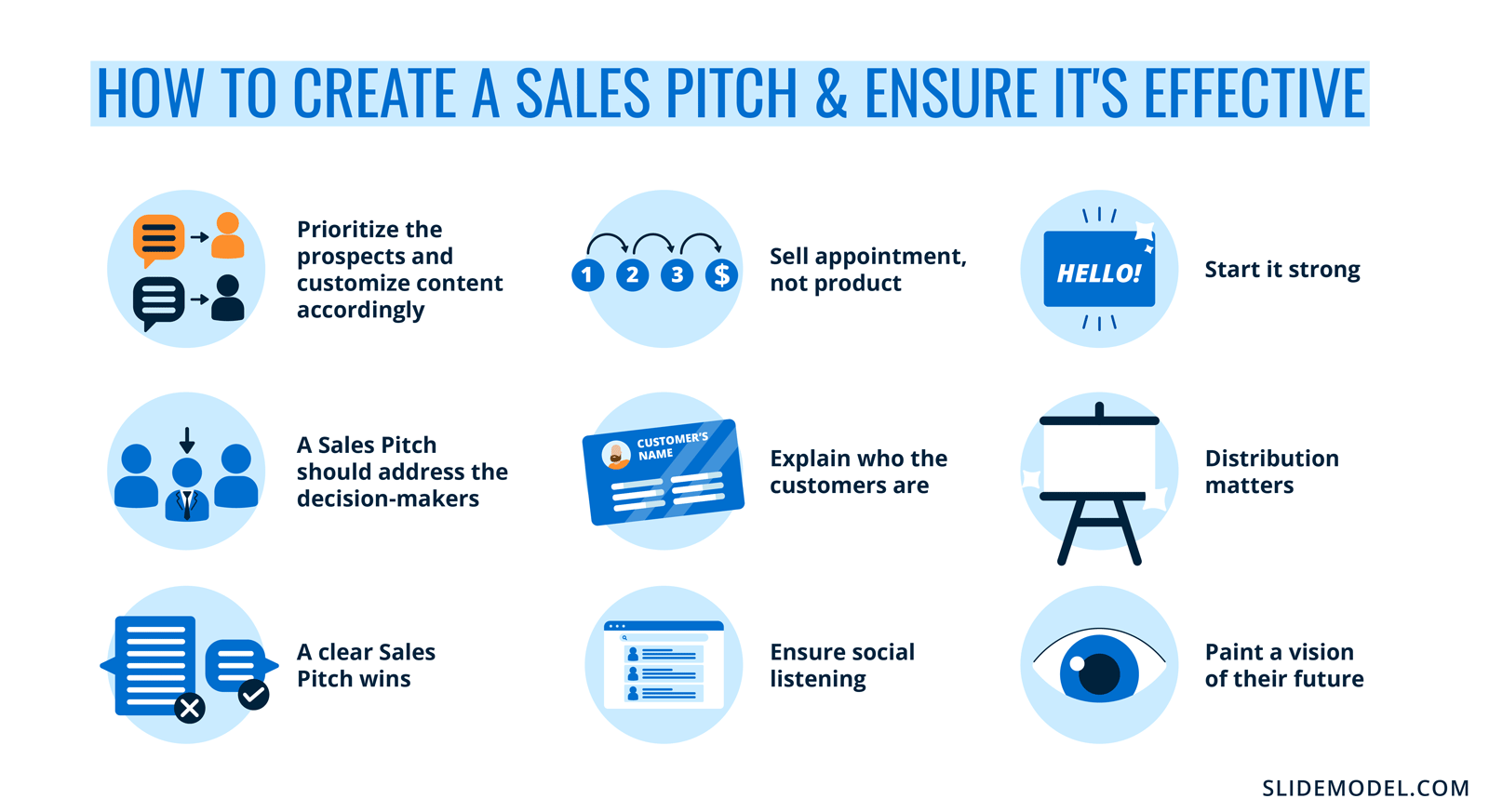
Crafting Compelling Sales Pitches: Highlighting Features and Benefits
Now, let’s get into the specifics of crafting compelling sales pitches that highlight both features and benefits.
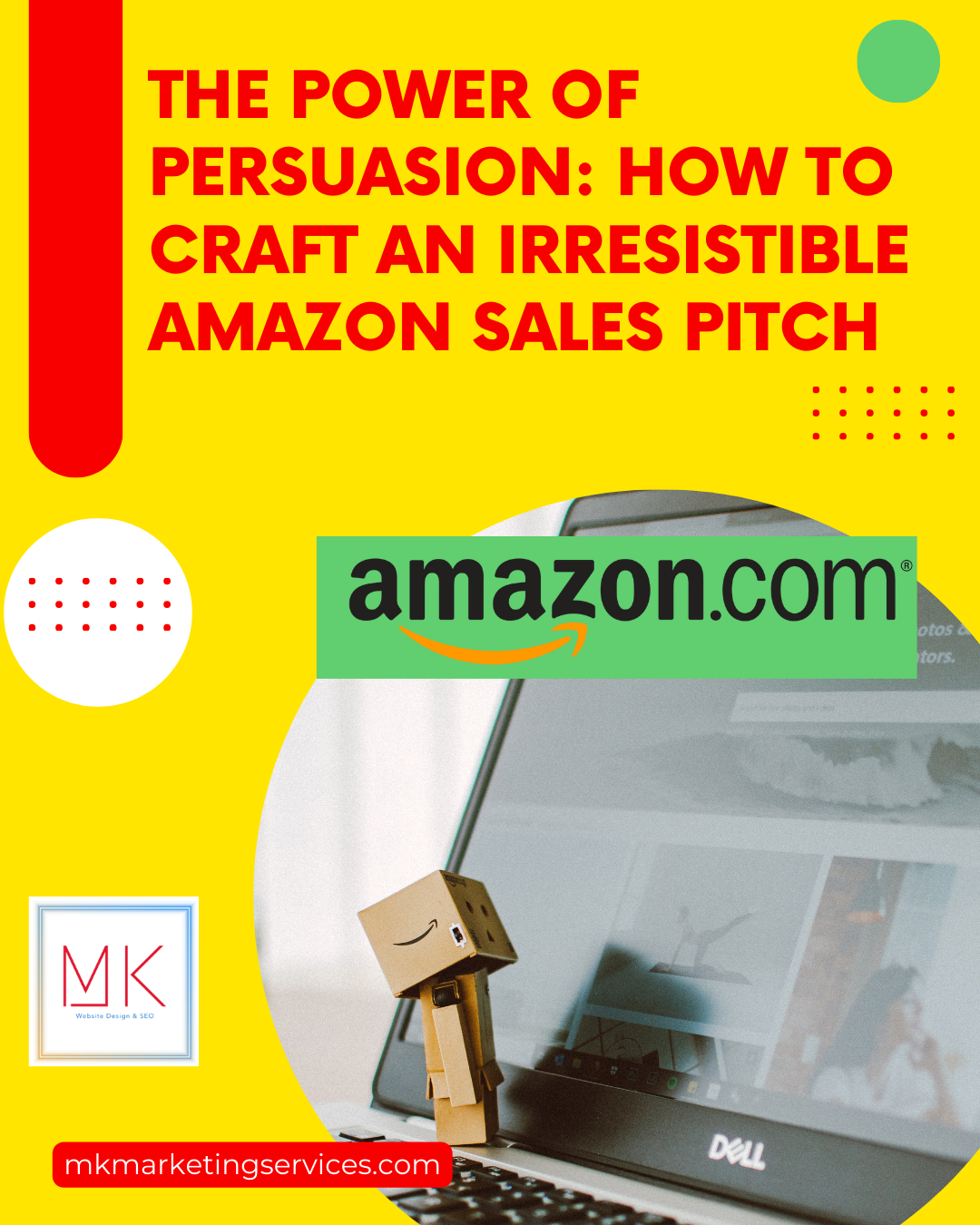
1. Start with the Problem:
- Identify the customer’s pain point: What challenges or frustrations do they face?
- Paint a vivid picture: Use descriptive language to help the customer visualize their problem.
- Connect with their emotions: Appeal to their desire for a solution, their fear of missing out, or their longing for a better life.


Example:
- Problem: "Are you tired of spending hours trying to design your dream home, only to be overwhelmed by the complexity and cost of traditional construction methods?"

2. Introduce Your Solution:
- Present your product or service as the answer: Clearly state how your offering solves the problem.
- Highlight key features: But don’t just list them – connect them to the benefits they provide.
Example:
- Solution: "Our pre-designed home plans offer a cost-effective and efficient way to build your dream home. We offer a variety of styles and layouts to suit any taste and budget. Our plans are fully customizable, allowing you to tailor them to your specific needs."
3. Showcase the Benefits:
- Focus on the "what’s in it for me" factor: How will your product or service improve the customer’s life?
- Use quantifiable results: Where possible, provide specific data or testimonials to demonstrate the value of your offering.
- Highlight emotional benefits: How will your product or service make the customer feel?
Example:
- Benefits: "Our pre-designed home plans can save you thousands of dollars in design fees and construction costs. They also provide a streamlined building process, allowing you to move into your new home sooner. Imagine the joy of finally having the home of your dreams – a place that reflects your style and meets your needs."
4. Address Potential Objections:
- Anticipate common concerns: What might prevent customers from making a purchase?
- Provide clear and concise answers: Address their concerns head-on with evidence and reassurance.
Example:
- Objection: "I’m worried that pre-designed home plans will be too restrictive and I won’t be able to customize them to my liking."
- Response: "Our plans are highly customizable. You can adjust the layout, add or remove features, and even change the exterior design to create a home that truly reflects your vision."
5. Call to Action:
- Make it clear what you want the customer to do: Visit your website, schedule a consultation, or make a purchase.
- Create a sense of urgency: Offer a limited-time offer or highlight the benefits of acting now.
Example:
- Call to action: "Visit our website today to browse our collection of pre-designed home plans and get a free quote. Don’t miss out on the opportunity to build your dream home with ease and affordability."
Examples of Feature-Benefit Statements:
Here are some examples of how to convert features into compelling benefits:
- Feature: "Our home plans are designed by experienced architects."
- Benefit: "You can rest assured that your home will be structurally sound and aesthetically pleasing."
- Feature: "Our home plans are energy-efficient."
- Benefit: "You’ll save money on your energy bills and reduce your environmental impact."
- Feature: "Our home plans are available in a variety of styles."
- Benefit: "You can find the perfect plan to match your taste and lifestyle."
Remember: The key to effective communication is to focus on the customer’s needs and desires. By highlighting the benefits your product or service offers, you can create a compelling story that resonates with your ideal customer and drives them to take action.

